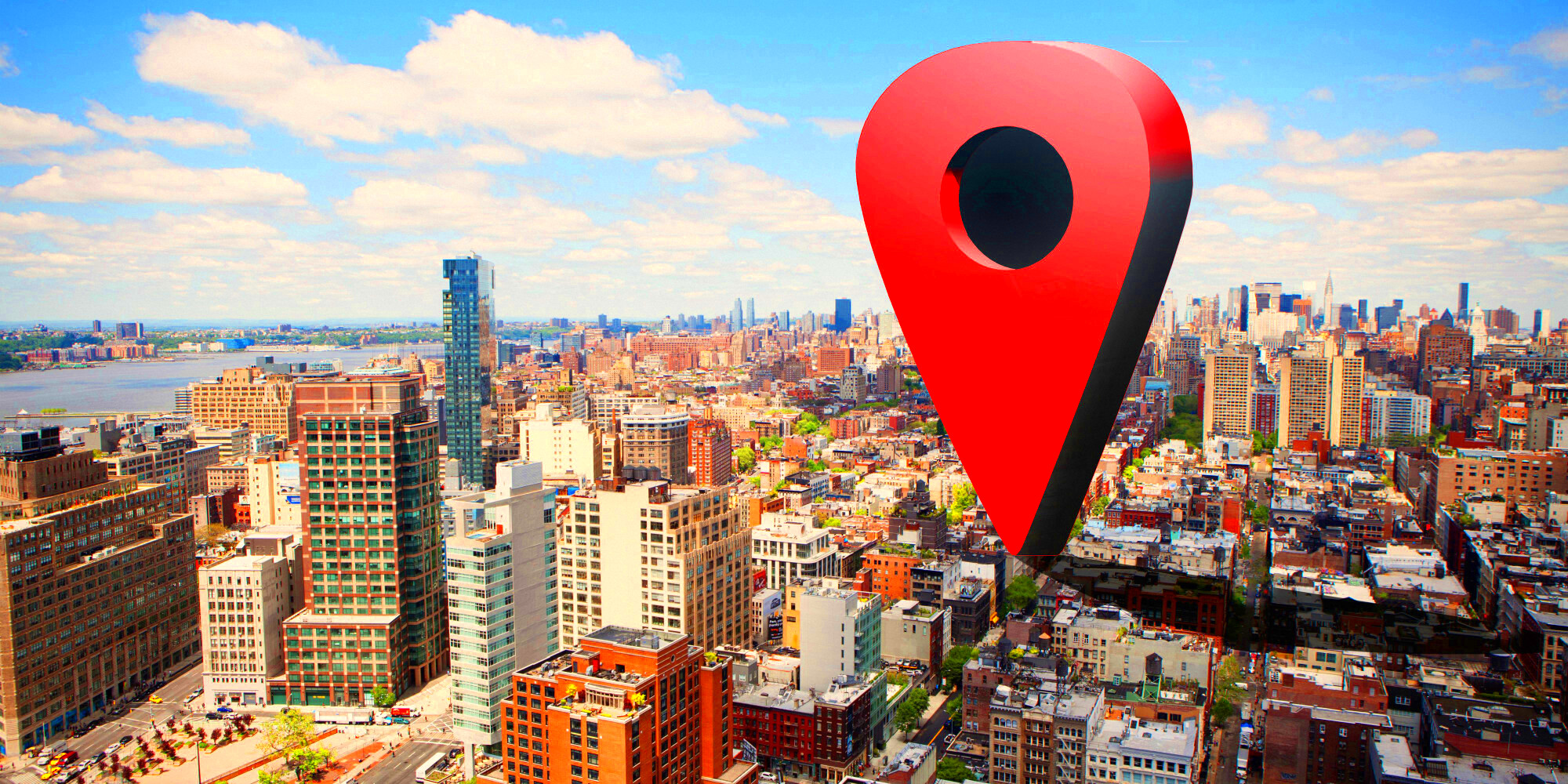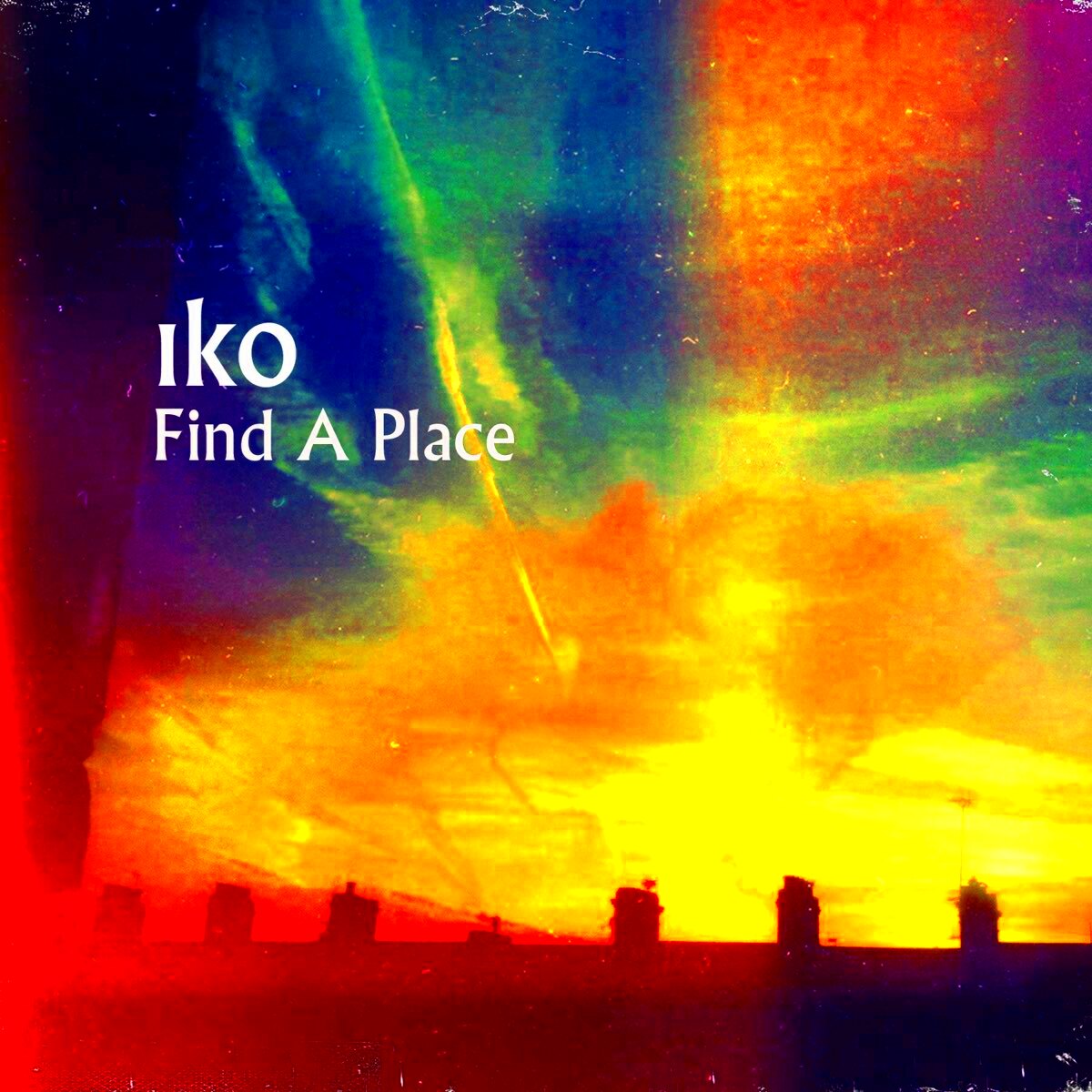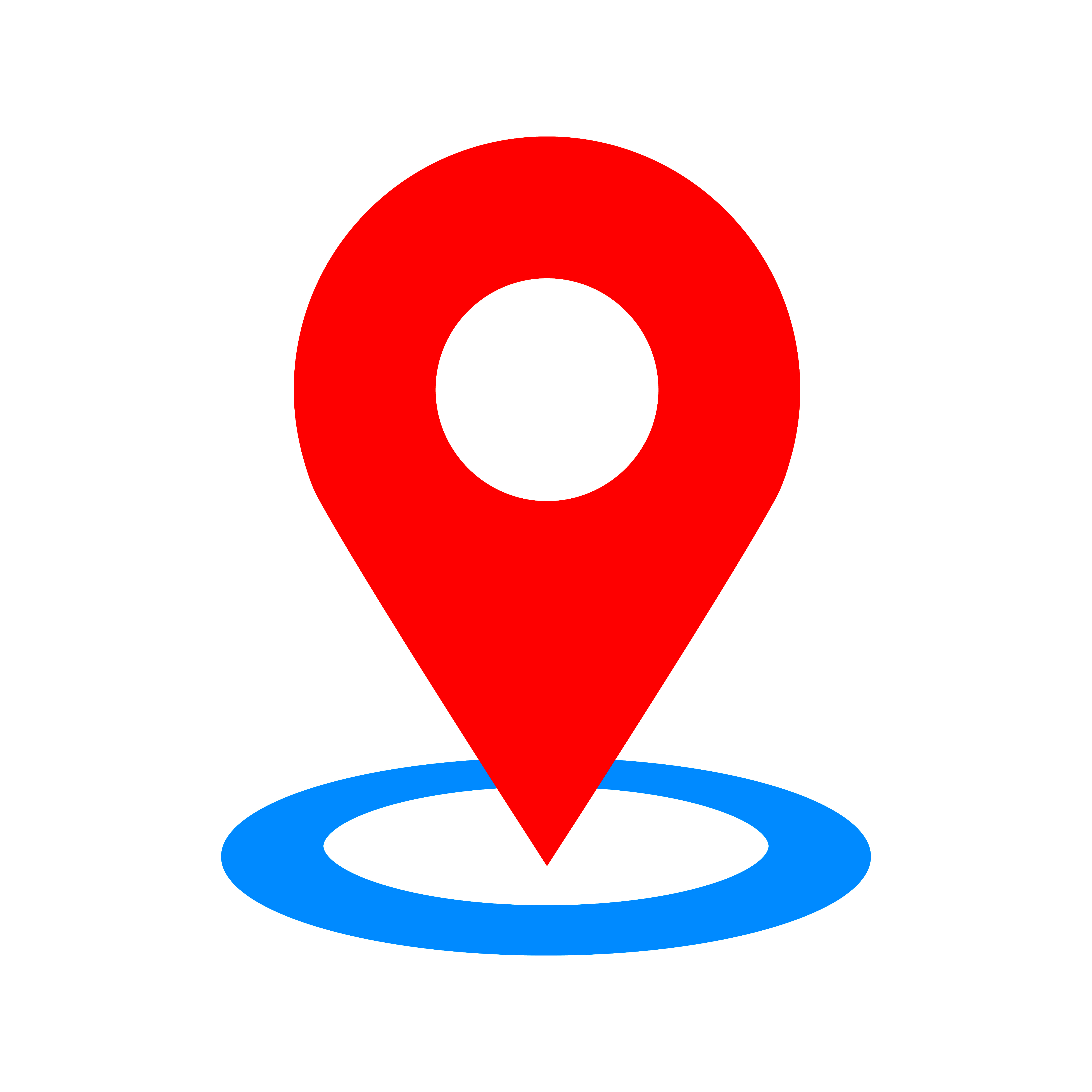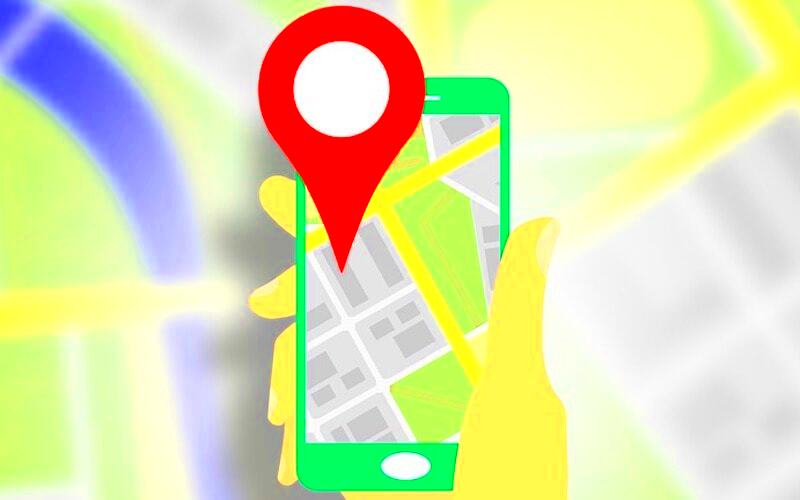Have you ever seen a beautiful photo and wondered where it was shot? The technological advancement has made finding the location of an image much easier. Whether it is a beautiful scenery, a well-known landmark or even an inviting coffee house; there are several approaches to discovering the place where this picture was taken. This article will look at different strategies for identifying locations from photos in a fun and uncomplicated way. So let’s get started!
Understanding Image Metadata

Each and every digital photograph contains some minor concealed information called meta-data. This information can reveal a lot of things to you regarding the photo, such as:
- Camera settings: Details like shutter speed, aperture, and ISO.
- Date and time: When the photo was taken.
- Location data: GPS coordinates if enabled.
To verify the information in image metadata you can make use of meta data in image A common means is through an approach that involves checking its properties directly or indirectly by third parties’ access permissions such as Google or other online
Also Read This: How to Upload Pictures on Google Using Dailymotion Interface
Exploring Google Maps for Location Identification

Not just a navigation tool, Google Maps is an amazing resource for discovering places in images as well. If you have any photograph whose location you would like to determine, using Google maps will enable you to specifically identify that area. Here’s how to utilize this feature effectively:
- Search by Keywords: If you have a clue about the location, like a nearby landmark or city name, type it into Google Maps. You might find the exact place or similar areas.
- Use Street View: If you have a general idea of the area, use the Street View feature. This allows you to “walk” through the streets and look for familiar sights.
- Explore Satellite View: Switch to satellite view to see aerial images of the location. This can help you match the landscape in your photo with what’s on the map.
Also note that if your pictures have GPS elements in their information then you can use them for Google Maps by just entering them there. You can just paste the coordinates into the search box and Google will bring you there. That is an interesting approach to visiting some places without necessarily knowing them before!
Also Read This: See How to Edit Infographic Files from Shutterstock
Identifying Landmarks in Images

It's a playful challenge to spot popular sites in images! Numerous images include famous sites, and identifying them can aid in pinpointing the areas. Given below are few suggestions for you to begin with:
- Look for Unique Features: Pay attention to any distinctive characteristics in the photo, such as architecture, colors, or signage.
- Use Online Databases: Websites like Wikipedia or dedicated travel sites often have photos and descriptions of landmarks. You can compare your image with these references.
- Check Travel Blogs: Many travel bloggers document their journeys with photos of landmarks. Searching for similar images can lead you to the place in your photo.
On Google Lens, for instance, visual search is another useful method. Just upload your picture and landmarks will be identified, making it easier for you to find that location.
Also Read This: How to Create a Colorful Paper Parrot for Fun Crafting
Utilizing Social Media for Location Tags
Image location tags and information can be obtained from social media because it is a rich resource. Below are ways in which social media can be well utilized:
- Instagram: Many users tag their locations in posts. You can search for hashtags related to the image or check the location tags on similar posts.
- Facebook Places: When users post photos, they often tag the place. You can browse Facebook’s location feature to find images from specific areas.
- Pinterest: This platform is excellent for finding visually similar images. If you find a similar picture, check if it has a location attached.
Interacting with virtual populace through online forums is yet another way of doing so. Share a photo that depicts a certain place and ask people who may have been there to identify it. Most times, netizens are willing to offer assistance and you may end up having your queries addressed!
Also Read This: Which Free Canva Template Downloader Tools Support Multiple File Formats?
How to Improve Your Search Results
At times, detecting the site for an image might feel like seeking a needle in myriad bales of hay. However, there is no need to panic! To get better results in your search and enhance efficiency, there are various methods that can be applied. These include the following suggestions:
- Use High-Quality Images: The clearer the image, the better the chances of identifying specific details that can lead you to the location. Blurry or low-resolution images may hide important clues.
- Combine Search Techniques: Don’t rely on just one method. Use a combination of reverse image searches, Google Maps, and social media to gather information from various sources.
- Be Specific with Keywords: When searching, use specific terms related to the image. Instead of searching for "beach," try "Maui beach at sunset." This can lead to more accurate results.
- Explore Different Languages: If you suspect the location is non-English speaking, try searching in the local language. Sometimes, that’s where you’ll find the best information!
These are some suggestions that will enable you to find an image in a better way. Be patient, because the best results sometimes demand some extra effort!
Also Read This: Roblox Rhythms: Playing Roblox with a Soundtrack from Spotify
Frequently Asked Questions
When individuals are attempting to locate places through images, they usually ask the following questions:
- Can I find any place from any image?
While many images contain identifiable locations, not all will have clear indicators. It often depends on the details within the photo. - Do I need to install any special software?
Most methods discussed can be done using standard web browsers and apps. No special software is required, making it accessible for everyone. - What if my image has no metadata?
Don’t worry! You can still use reverse image search tools and explore social media or landmarks in the photo to identify the location. - How accurate are these methods?
The accuracy varies depending on the quality of the image and the tools used. Some methods yield precise results, while others may provide general locations.
Conclusion
Exploration and technology can be delighted together to find a place out of an image. Various tools like Google Maps, reverse image search, social media ensure that it’s possible for you to have many options in finding where something is located causing joy. High-resolution pictures and various search methods should be used concurrently to increase your chance of success while searching through a photograph. The tricks laid out in this blog post may assist you in finding an array of undiscovered treasures though not every photograph will give you precise geolocation. Enjoy your quest; may there be beautiful places for you to find in your photographs!

 admin
admin








